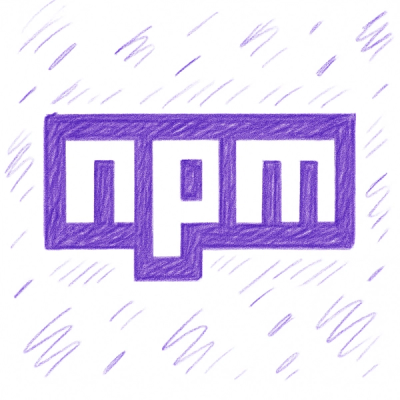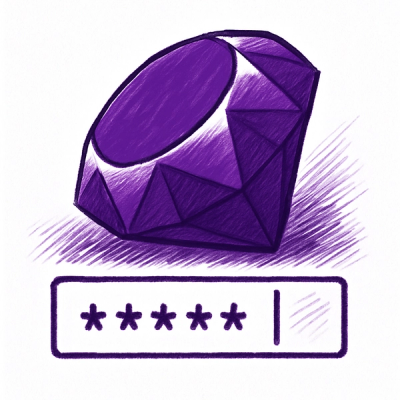
Security News
npm Adopts OIDC for Trusted Publishing in CI/CD Workflows
npm now supports Trusted Publishing with OIDC, enabling secure package publishing directly from CI/CD workflows without relying on long-lived tokens.
This library provides a simple interface for creating and displaying desktop notifications with custom buttons. Please note that some features might have varying levels of support across different Linux distributions.
DBus Notification has minimal system dependencies:
dasdbus libraryInstall the library using pip:
pip install dbus-notification
This library offers two primary usage approaches:
If you prefer a quick way to view information or control playback, you can potentially execute the dbus-notification script directly, though this doesn't support button actions. For more extensive programmatic control, I would recommend using the library within your Python code.
Import the DBusNotification class from your Python code:
import time
from dbus_notification import DBusNotification
def callback(notification_type, notification):
if notification_type == "closed":
print(f"Notification {notification["id"]} has closed.")
elif notification_type == "button":
print(f"Notification {notification["id"]} has clicked on the button {notification["button"]}.")
DBusNotification(appname="dbus_notification", callback=callback).send(
title="test",
message="this is a test message",
logo="logo.png",
image="myimage.png",
sound="message-new-instant",
actions=["Test Button"],
urgency=1,
timeout=100,
)
# Keep the app running
while True:
time.sleep(1)
FAQs
Sends notifications using DBus
We found that dbus-notification demonstrated a healthy version release cadence and project activity because the last version was released less than a year ago. It has 1 open source maintainer collaborating on the project.
Did you know?

Socket for GitHub automatically highlights issues in each pull request and monitors the health of all your open source dependencies. Discover the contents of your packages and block harmful activity before you install or update your dependencies.

Security News
npm now supports Trusted Publishing with OIDC, enabling secure package publishing directly from CI/CD workflows without relying on long-lived tokens.

Research
/Security News
A RubyGems malware campaign used 60 malicious packages posing as automation tools to steal credentials from social media and marketing tool users.

Security News
The CNA Scorecard ranks CVE issuers by data completeness, revealing major gaps in patch info and software identifiers across thousands of vulnerabilities.